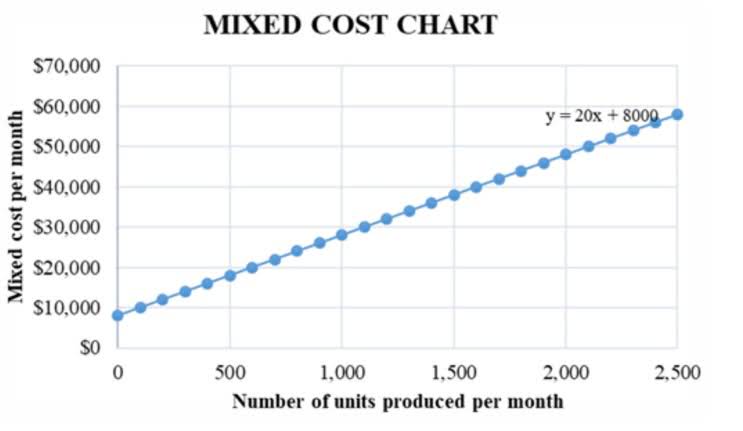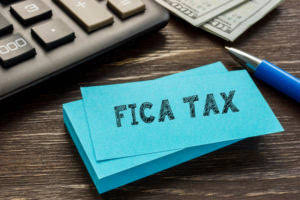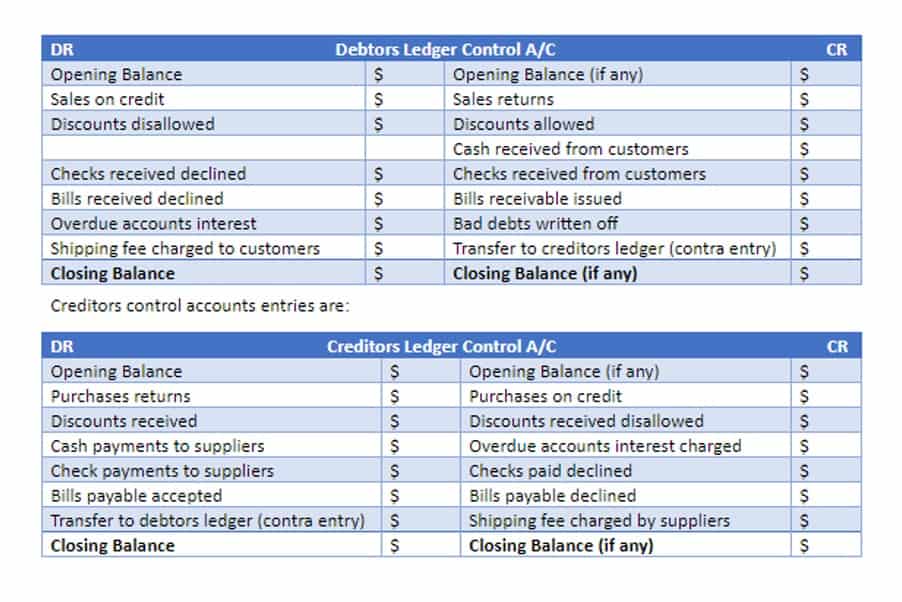
If you determine that you have deductible investment fees, knowing how to report them is crucial to ensure that your deductions are accepted. Moreover, open discussions with investment professionals about negotiating lower fees based on the trust’s asset size can also prove beneficial. Designing fee arrangements that reward performance while reducing overall costs will help maximize the trust’s investment returns and ensure that the interests of all beneficiaries are safeguarded. Strategies such as investing in lower-cost index funds or negotiating fee structures that are tied to outperformance can also be effective measures for cost optimization. Moreover, certain fees might be subject to different treatment based on whether they are classified as investment expenses or as personal expenses. It is essential for trustees to consult with tax professionals to assess the limits applicable to their specific situation, as this can significantly influence the trust’s overall financial strategy.
How To Figure Gain or Loss

Even though the TCJA eliminated this deduction, there are still ways to recapture this tax benefit. An activity involving the conduct of a trade or business in which you do not materially participate and any rental activity. However, the rental of real estate is not a passive activity if both of the following are true. The amount by management fees which the stated redemption price at maturity of a debt instrument is more than its issue price. Any person registered with an appropriate national securities exchange as a market maker or specialist in listed options.

S Corporations
These investment fees can range from management costs to transaction fees and more. Knowing which of these fees are tax deductible can provide major benefits to your finances. This article will delve deep into what investment fees are tax deductible, helping you to maximize your investment potential while staying compliant with the tax code. Trusts should maintain thorough records of all investment fees incurred to support any potential tax deductions. It is crucial to keep detailed documentation of the nature of each fee, the amount paid, and the services rendered. This includes invoices from investment managers, brokerage statements, and receipts for any paid expenses related to the management of the trust’s investments.
Where should I pay my investment management fees from?
- A debt instrument is retired when it is reacquired or redeemed by the issuer and canceled.
- Long-term debt instruments issued after May 27, 1969 (or after July 1, 1982, if a government instrument).
- Treat gains on short-term nongovernment obligations as ordinary income up to your ratable share of OID.
- The mark-to-market rule also applies if your obligation or rights under section 1256 contracts is terminated or transferred during the tax year.
- Instead, the loss will be carried over to the following tax year, subject to any further application of Rule 1 in that year.
Generally, if you pay interest in advance for a period that goes beyond the end of the tax year, you must spread the interest over the tax years to which it belongs under the OID rules discussed in chapter 1. If, in Example 2, you repay $500 on November 1, the entire repayment is applied against the amount allocated to personal purposes. The debt balance is now allocated as $8,000 for investment purposes and $1,500 for personal purposes. Until the next reallocation is necessary, 84% ($8,000 ÷ $9,500) of the debt and the interest expense is allocated to investment. For more information about determining and reporting income and losses from passive activities, see Pub.
- Also use the Qualified Dividends and Capital Gain Tax Worksheet in the Instructions for Forms 1040 to figure your tax.
- Generally, investment management fees are not directly deductible for most individual taxpayers in the wake of the Tax Cuts and Jobs Act of 2017.
- If you forfeited interest or principal on the obligation because of an early withdrawal, the deductible amount will be shown in Form 1099-OID, box 3.
- One group of those few taxpayers for whom taxes went up under TCJA were certain trusts and estates (generally those with large investment advisory fees or certain other expenses).
- For example, if you contribute $5,000 to a traditional IRA, you can potentially deduct that amount from your taxable income, resulting in a lower bill.
How to Report Investment Advisor Fees on Your Taxes
For instance, income generated from discretionary trusts may result in different tax implications compared to irrevocable trusts. Consulting a tax professional is advisable to determine the eligibility of these deductions. As we navigate the complexities of trust management, keeping abreast of tax laws and regulations can safeguard against unforeseen liabilities while optimizing the potential benefits of trust assets. Whether dealing with existing trusts or considering setting one up, informed decision-making is key to achieving financial and estate planning goals. Or viewed another way, Jessica managed to pay the entire $6,000 expense ratio with pre-tax dollars – literally, $6,000 of dividend income that she was never taxed on.
- Moreover, high fees can contribute to underperformance relative to benchmark indices, making it harder for investors to achieve their financial goals.
- The computation is simplest if accrual periods are the same as the intervals between interest payment dates.
- If you received a Form 1099-INT for U.S. savings bond interest, the form may show interest you do not have to report.
- However, it’s important to note that the Tax Cuts and Jobs Act, effective from 2018 through 2025, suspended the deduction for miscellaneous itemized deductions, including investment fees.
- Any expenses relating to your regular interest investment will appear in box 5 of Form 1099-INT or box 9 of Form 1099-OID.
- If you trade business or investment real property solely for other business or investment real property of a like kind, you do not pay tax on any gain or deduct any loss from the trade.
Are investment fees tax-deductible for trusts?
- Liquidating distributions, sometimes called liquidating dividends, are distributions you receive during a partial or complete liquidation of a corporation.
- Ultimately, to help clients feel more motivated to move forward with meaningful financial planning.
- Understanding these fees is crucial for clients, as they can significantly impact overall investment returns.
- Increase this amount by any amount that was treated as a dividend, plus any gain recognized on the trade.
- Your short sale is treated as a constructive sale of an appreciated financial position because a sale of your Baker stock on the date of the short sale would have resulted in a gain.
Historically, investment management fees were considered as Itemized Deductions under Schedule A of the IRS Form 1040. However, Bookkeeping vs. Accounting recent tax law changes have altered the landscape for many taxpayers. Another avenue is to consider using exchange-traded funds (ETFs) or index funds instead of actively managed portfolios. These investment vehicles typically have lower expense ratios compared to actively managed funds, which can help reduce the overall investment management costs for the trust. Trustees should conduct a thorough evaluation of different investment options to find cost-effective solutions that still align with the trust’s investment goals.


Investment property you buy normally has an original basis equal to its cost. If you get property in some way other than buying it, such as by gift or inheritance, its fair market value may be important in figuring the basis. Follow the instructions for completing Form 6781 for the loss year to make this election.
The exclusion is completely phased out for modified adjusted gross income of $175,200 or more for joint returns and $111,800 or more for all other returns. For example, if a mutual fund has 50% of its investors in Alberta (where the GST rate is 5%) and 50% of its investors in Ontario (where the HST rate is 13%), the blended HST rate would be 9%. Under the right circumstances, treating qualified dividends as ordinary income can increase a taxpayer’s investment interest expense deduction. This can reduce the tax they pay to up to 0%, which is significantly lower than the 15% to petty cash 20% rate qualified dividends are normally taxed for. Investors who borrow funds to buy assets may be able to claim the interest in their tax returns as an investment interest expense.
